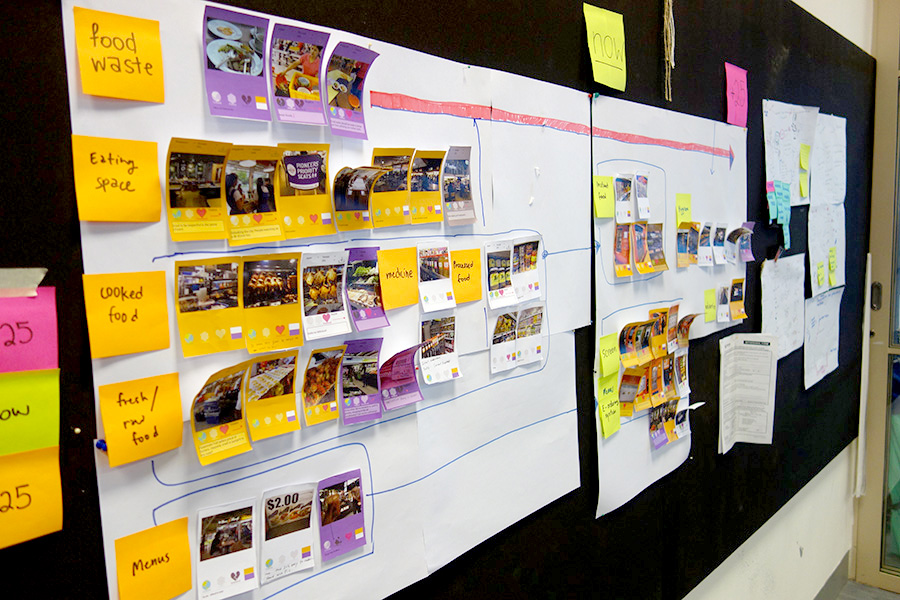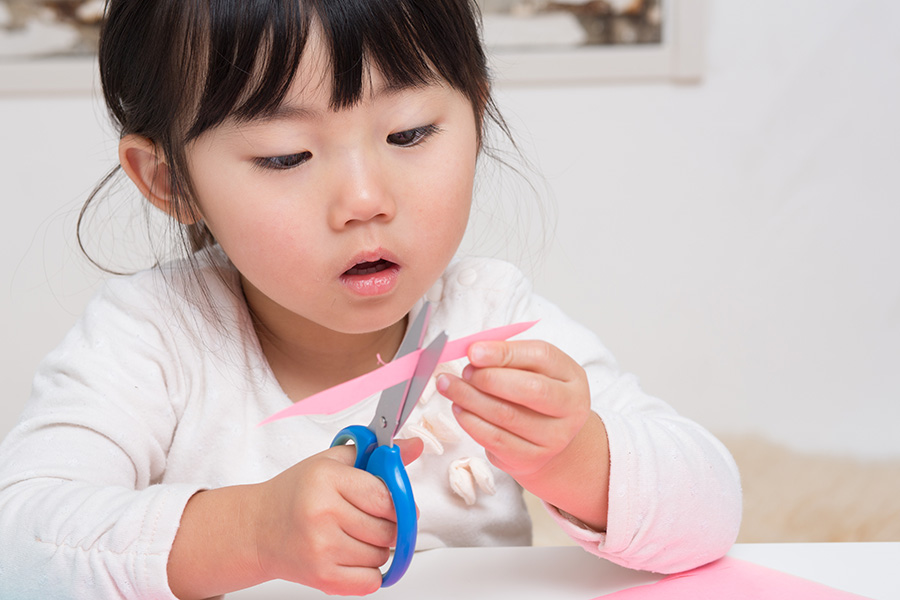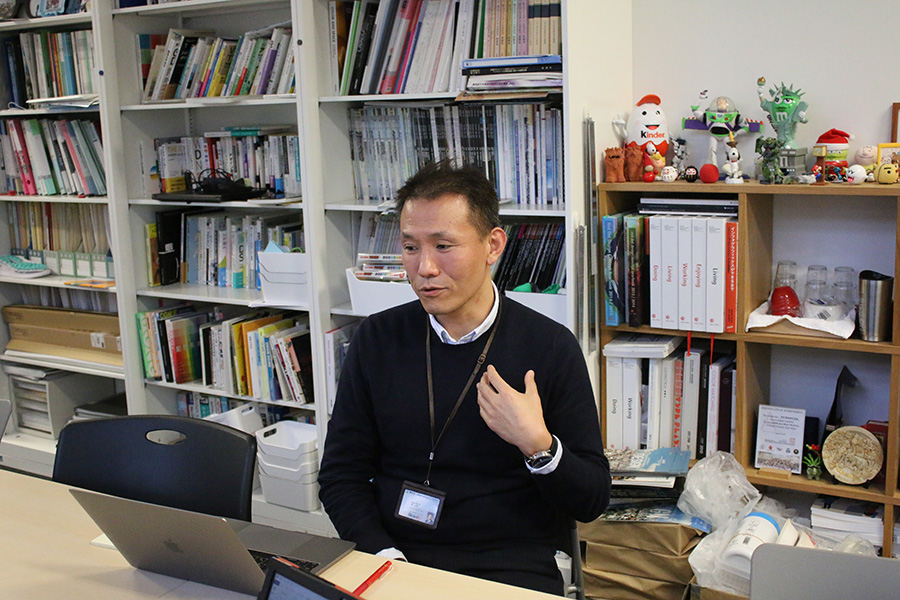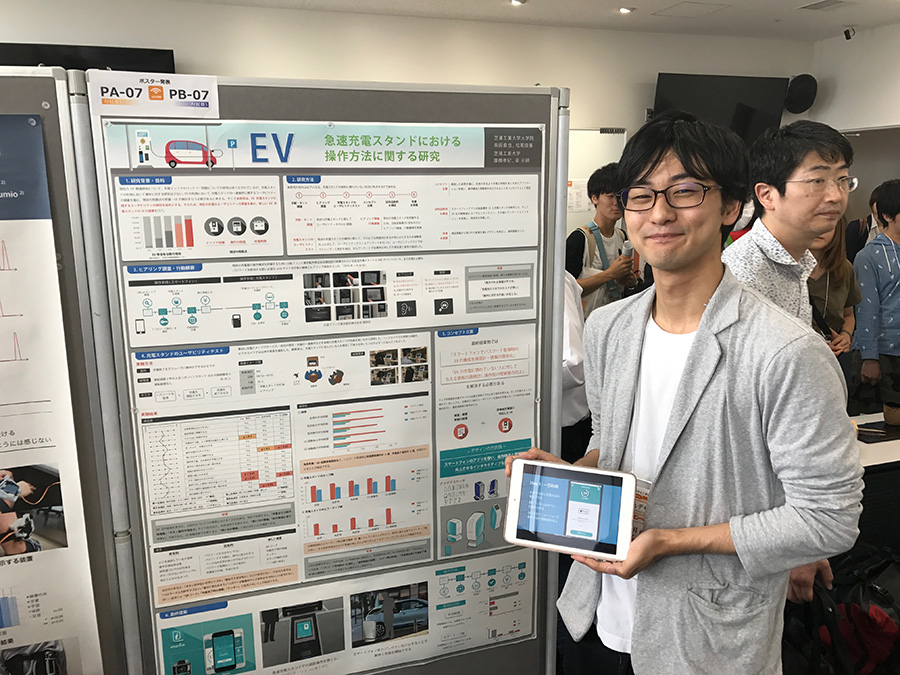Academic Studies in SIT
Scientific method to learn Design and Creative Technologies

Every day people go out shopping and are surprised when they find a product which is potentially life-changing, or even one which will just make daily life easier. At a basic level if you imagine that you are living in an empty flat then it makes a big difference if one day you have a bed, and a week after that it makes a big difference again if you get a chair and table. If you begin with nothing then even basic furniture, and basic electrical items like a kettle or toaster, completely transform your life. This is the foundation of product design, i.e. making products which are useful to people, but with creative design we can take this further and think in terms of ergonomics – designing products to fit the people who use them!
Next time you are out shopping why not take a look at the products you see everywhere, and have a think about how they were designed. What was the thought behind each product? To what extent were the designers thinking about how that product would be used? Now you are thinking like a product designer. At Shibaura Institute of Technology (SIT) we can help you take that next step in designing creatively.
The science of creative design hidden in daily goods

Japan itself has got a head-start on many countries on the world with its huge array of daily goods which make day to day life more convenient, and of course it is quite famous for this. This includes car parks where people can park their car and then the car is automatically moved underground, sideways and even upwards. This is an example of a product, albeit a large one, where designers have thought about efficiency of space combined with usability and technology.
At a much smaller level, and this may come as a surprise, but even scissors can be redesigned to take in ergonomics – for example, for children. If you give a child a normal pair of scissors there are a lot of risks and dangers, it is a sharp item that if used incorrectly can easily cause injury. So how would a designer go about making scissors safer for children? The principles of user interface design, a list of rules which consider how a product is used and that ensure the product is fit for purpose, are helpful in this case.
So, for example a designer could consider the design of the scissors, but then actually go look at what children are doing when they handle scissors. You could stare at a pair of scissors all day trying to think of how to redesign them, but if you want to really design them with the user in mind then you will learn much more from just 30 minutes of observing children with scissors. You will see what children are using them for and how, as well as where there are particular dangers, and with this key information you can draw conclusions on how to creatively design a new product.
If goods meant for daily use are looked at with a science hat on, then you can literally find examples of product design everywhere. In some cases you might see products which are visually very appealing, but lacking in usability and vice versa. Clothing is a strong example of usability; if clothes were sold as a kind of one-size-fits-all product based on an average size, then it would be quite disastrous for anyone not of an average size. Clothes are designed to be visually appealing, but then they are made so that different people can wear them, from young children to tall adults. Creative design is more than just a beautiful product; it is investigating how different people use a product, and then thinking up designs from those results.
Professor Yang’s Science Design – So, what can you do?

Professor Wonseok Yang studied industrial design in South Korea and went on to do a Masters in Engineering. At that point he began to think more and more about products, about what they are made for and who use them.
This led him to the University of Tsukuba where he studied design. At SIT he is the head of the Kansei Interaction Design LAB, ‘kansei’ coming from the kanji感性 (sensitivity or emotion) as he wants to study products, etc., from the perspective of human emotions towards them.
He is moving the conversation away from whether someone likes or dislikes something, and is asking “why?”, “where?” and “how?” In addition, he is using psychological methods to gain further observational data so that he is even using electrocardiogram information for product design! He is thinking beyond universal designs, and is looking at the emotional interaction with design. It is a kind of human factor engineering for products!
For example, it is easy to generalize and say that only women like the color pink, so his lab investigated the tolerance of men for pink products, while measuring the brain waves of their male subjects. In another study they considered smartwatches, and why many people stopped using them after a while. They investigated, through the experiences of test subjects using different types of smartwatches, exactly at what point a user would get bored of this product, and thought about the design of smartwatches.
In both cases companies need to think of the emotions that a person feels when using a product, it was found that something pink can be used by a man to a certain extent, and that a smartwatch can have longer usability if the watch provides a more enjoyable experience for the user.
At his lab there is a really international vibe with many students coming from overseas, and seminars being held for visiting students from countries like South Korea. The great thing about this lab is that, as in addition there are an equal number of male and female students, there is a great range of perspectives across both the gender divide and international divide. The students get to investigate amazing subjects, including recent developments in user interface (UI) related to home appliances, and problem-solving current issues like electric cars which make little noise – but which need to make some kind of noise to avoid accidents!
These investigations are all connected in one key area, what effect do they have on human emotion!
If you want to design something that is easy to use, then SIT is the perfect place for you!

Product design comes hand in hand with creative design, and you don’t have to look far to find a product and to be able to think about how successful it is in doing its job. Even now you may be reading this on a PC, tablet or phone, and you can think about how useable those products are beyond their visual design. Does that product work for everyone, or does it only appeal to a certain segment of the population.
In this article there have been many examples of different products, but the possibilities are endless, and if that interests you then SIT is waiting for you! Regardless of whether your interest is in the Internet of Things (IoT), electrical appliances or a humble pair of scissors, at SIT you can learn about products, services and systems beyond just whether they work or not, and think about emotional perspectives and user interaction.
By studying alongside both Japanese students and students from other countries you can also discover products and services that you may never have seen before, as well as find out how people across international boundaries feel, emotionally, about them. You can think about usability from a global perspective, for example is a product easy to use across the world or does it need to be amended to suit local markets, and gain an understanding of design methodology and processes.
In many ways Japan is one of the ultimate markets in the purchase of goods and services, with the third biggest economy in the world, and at SIT, with its campuses in Tokyo and Saitama, you will be at the center of this most vibrant, and colorful, consumer-driven economy.